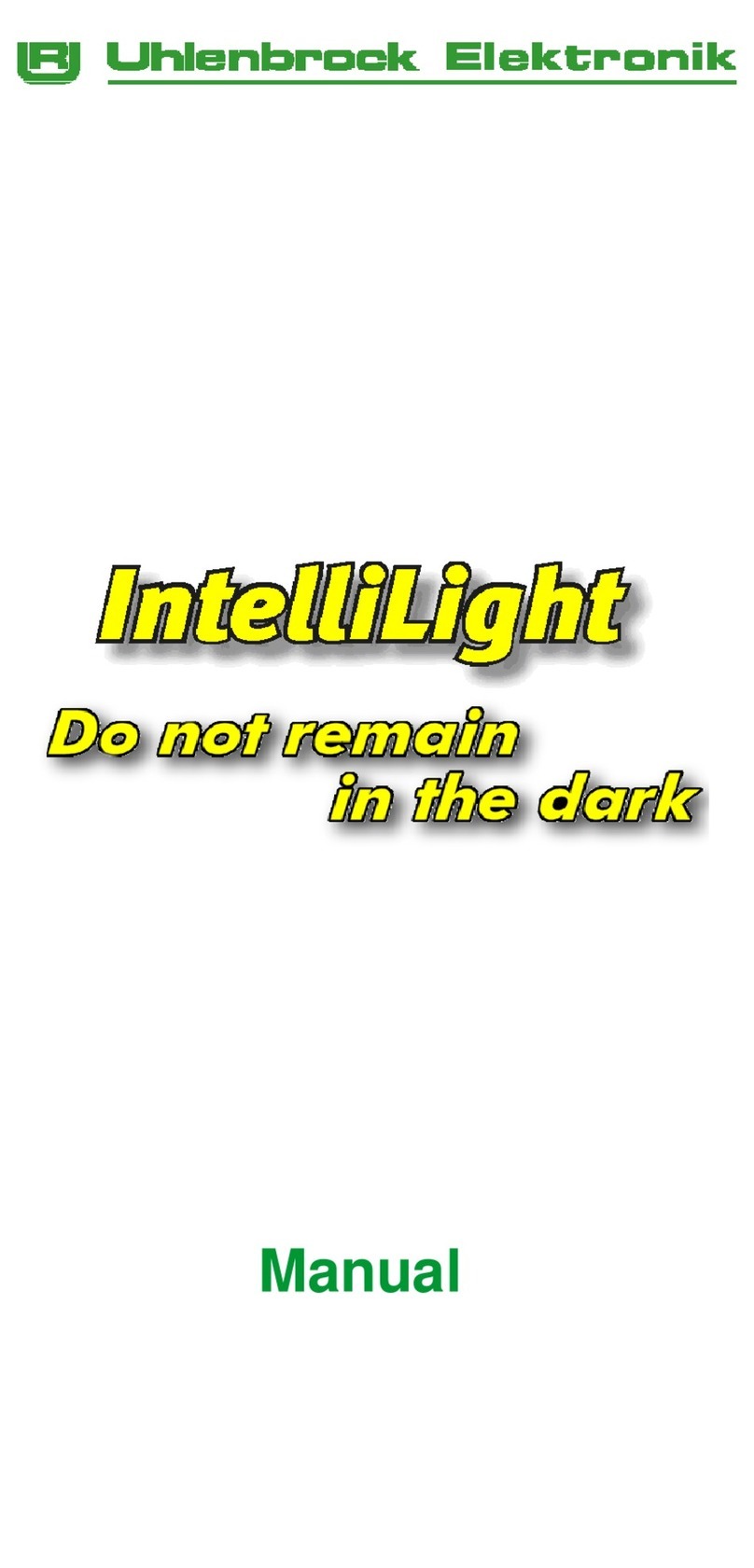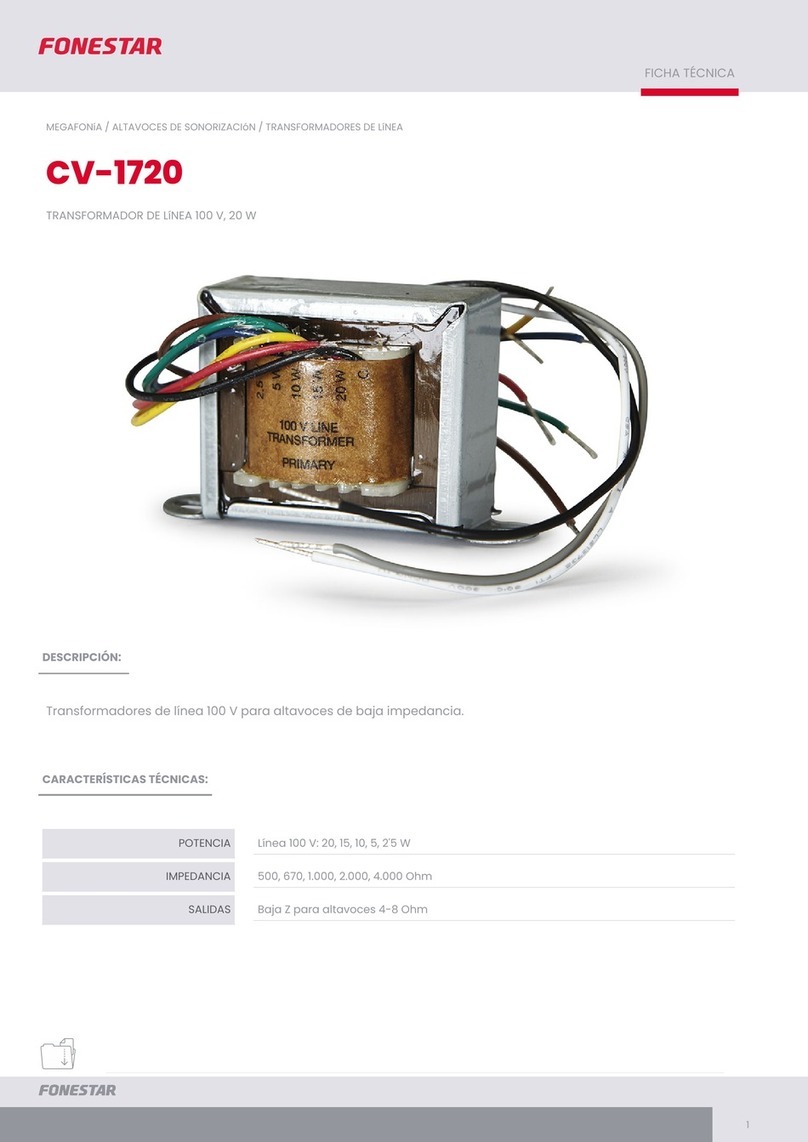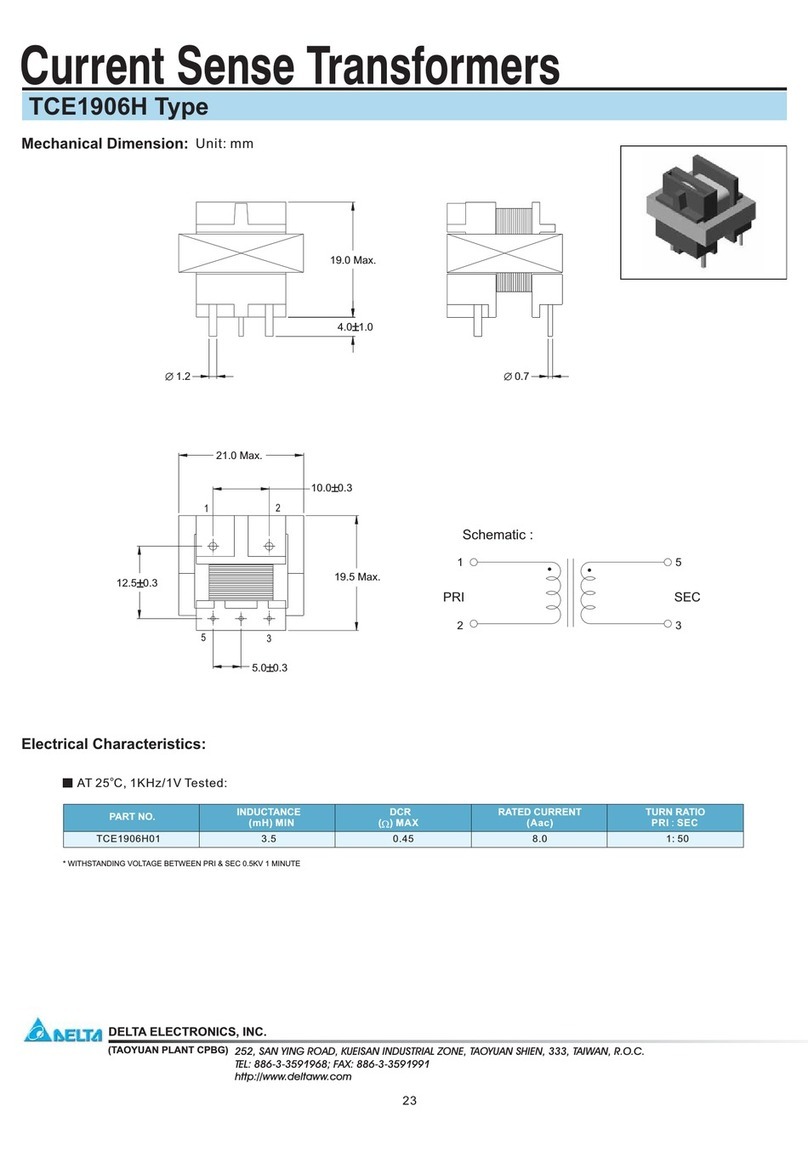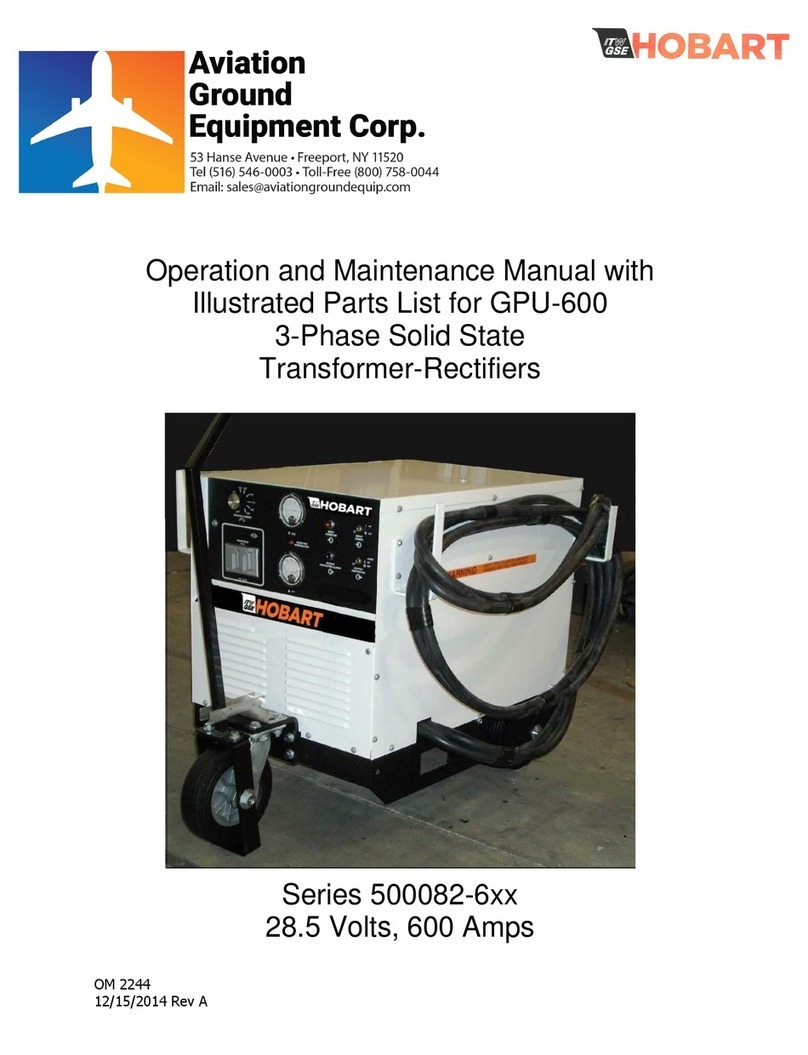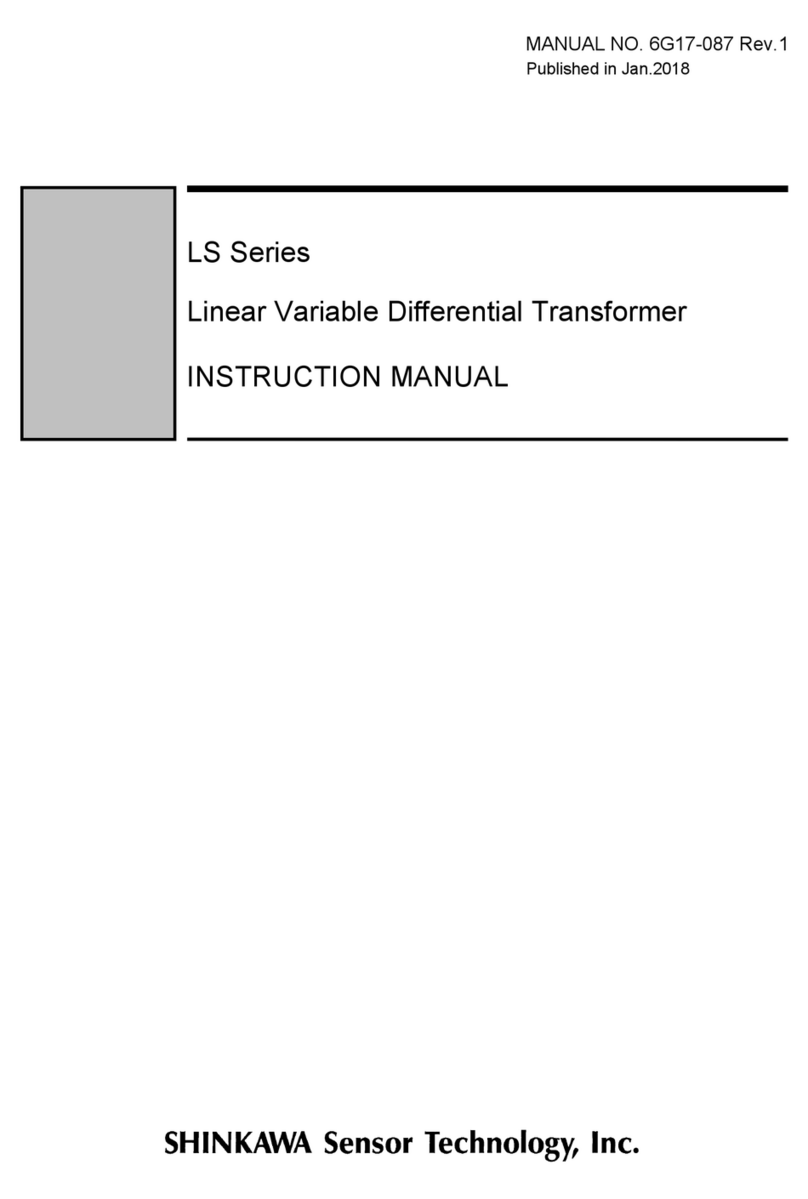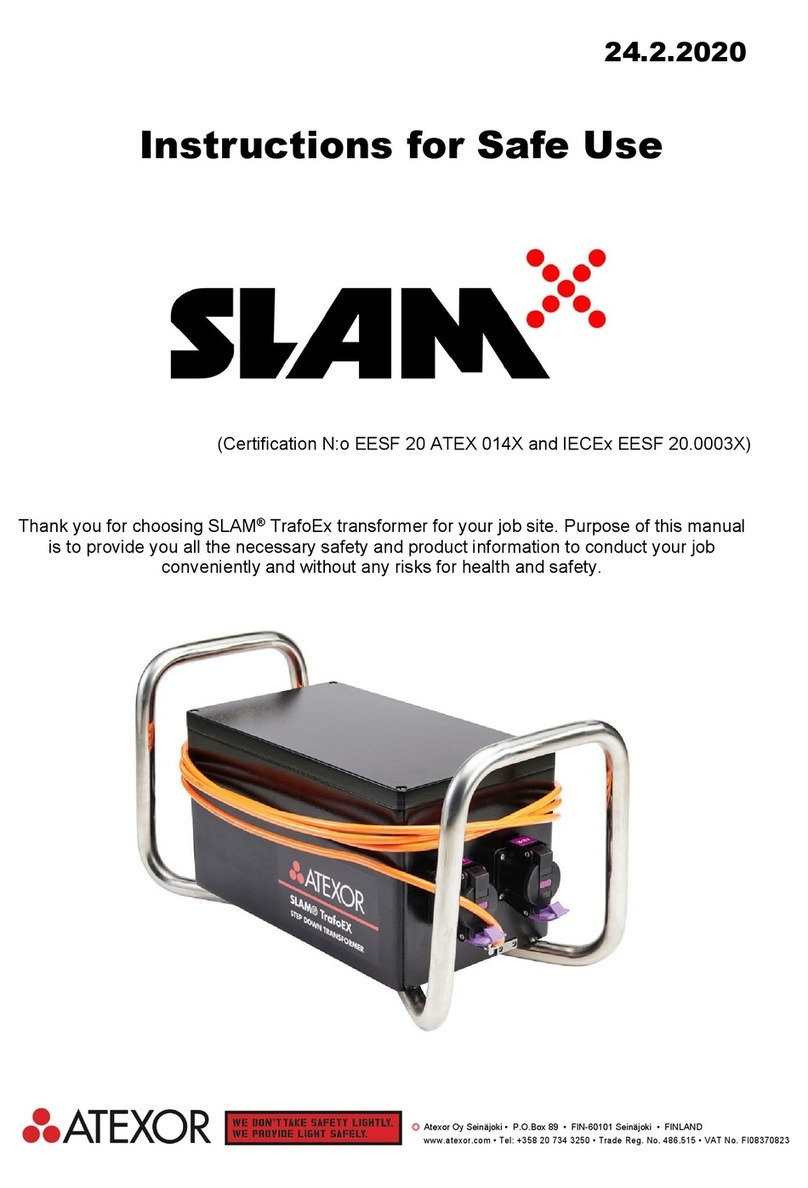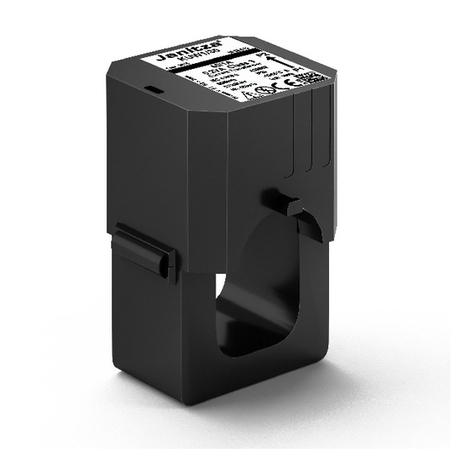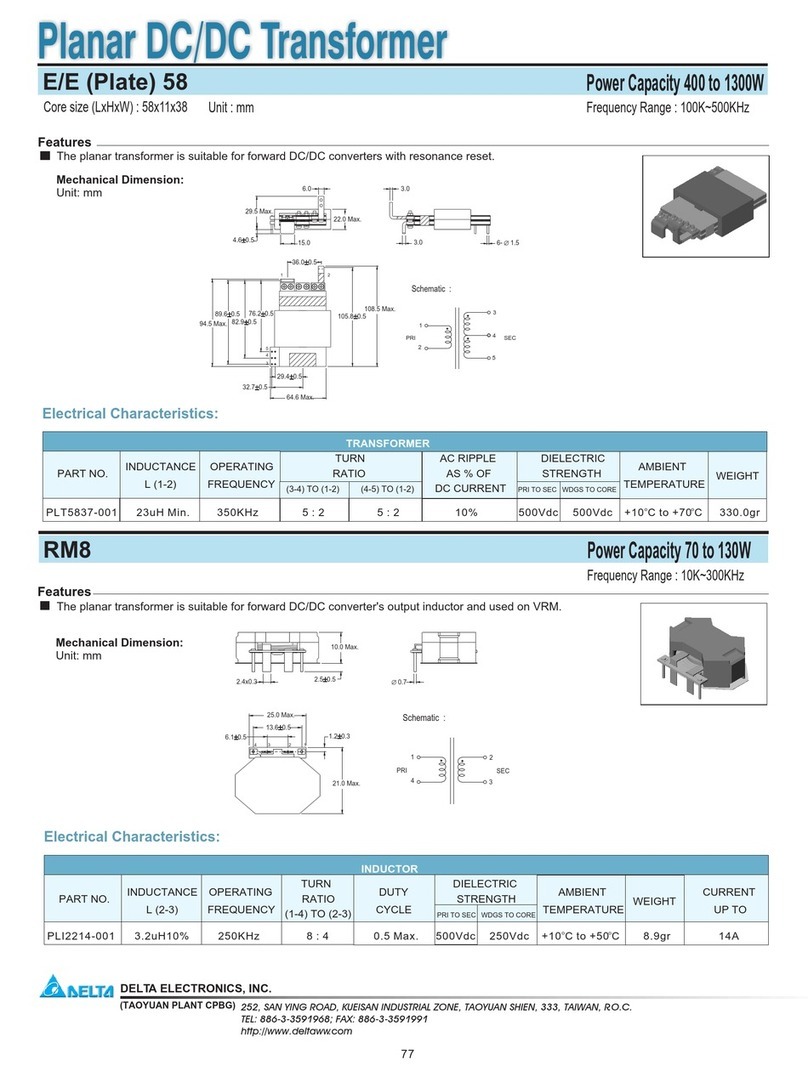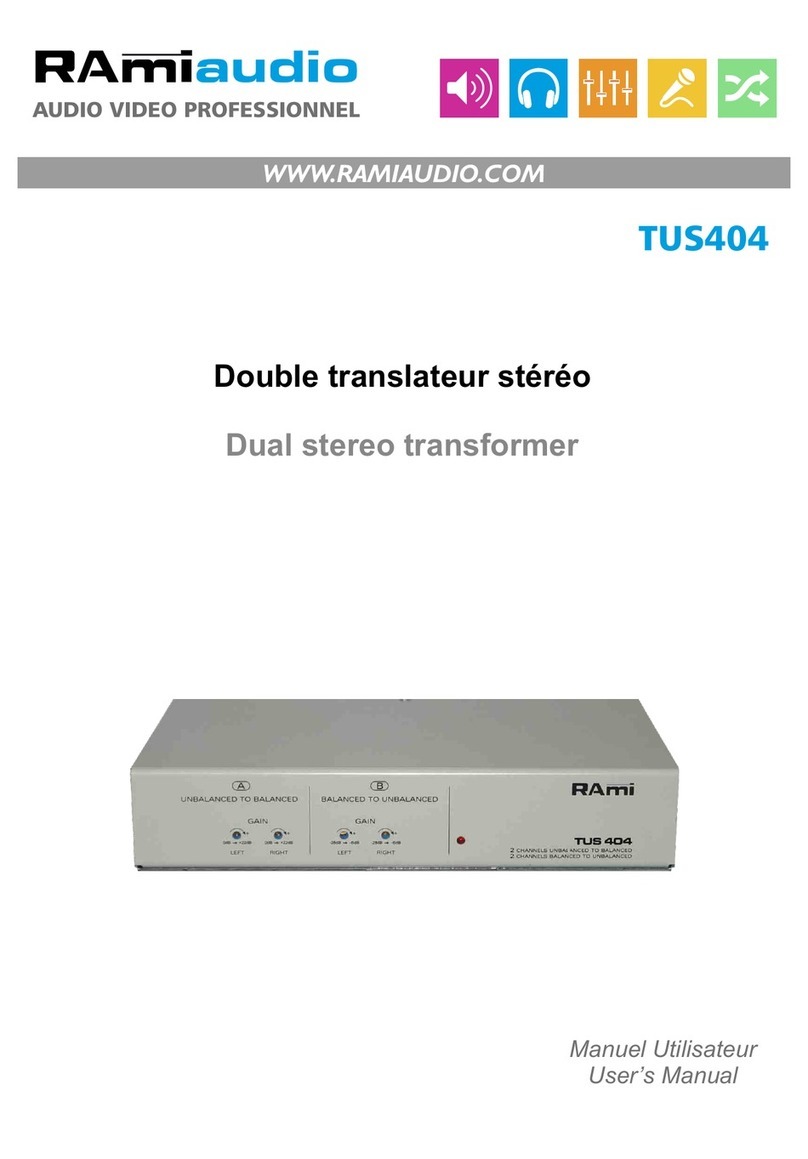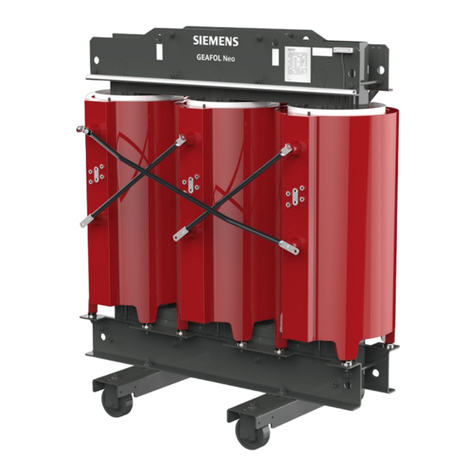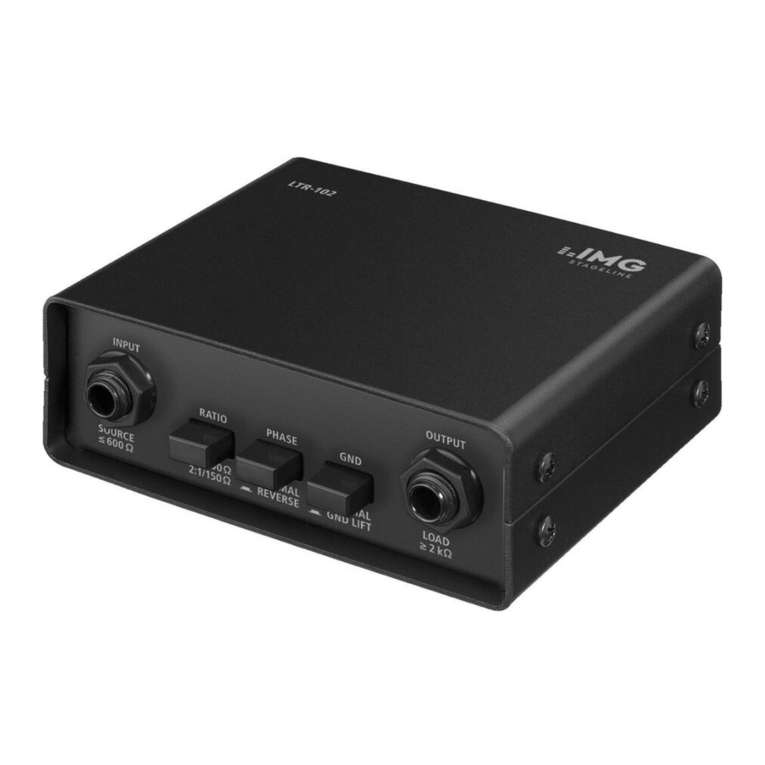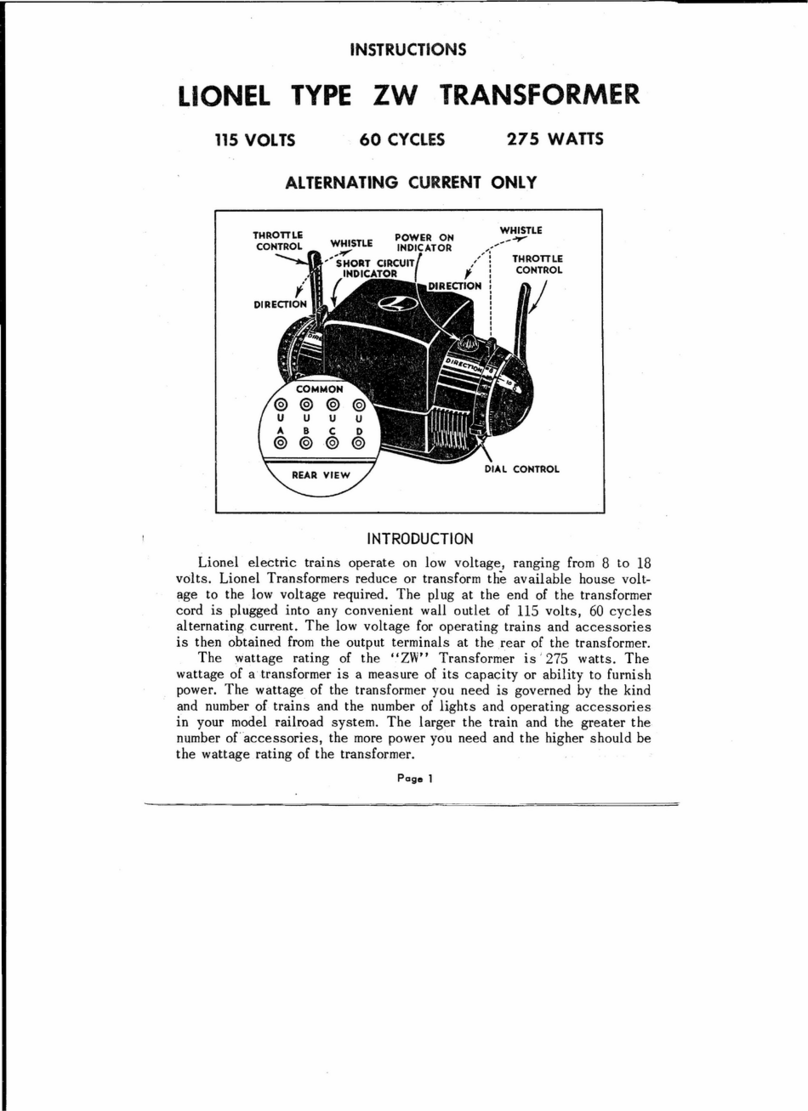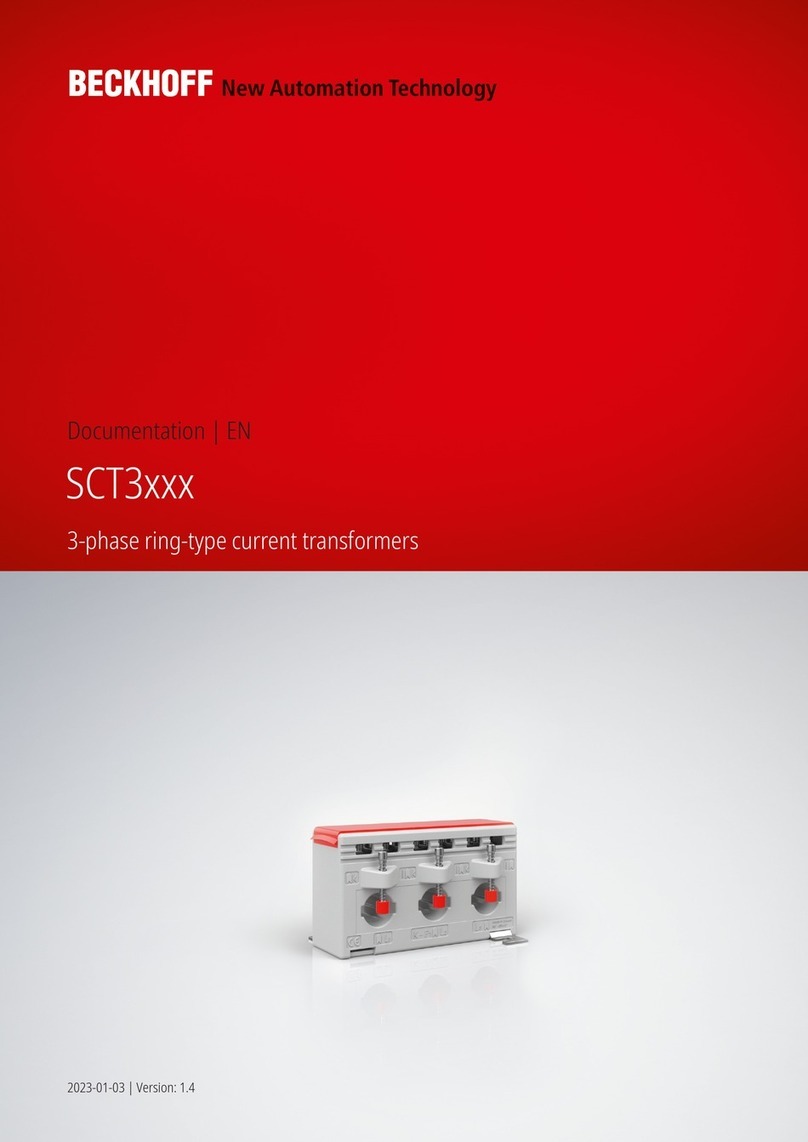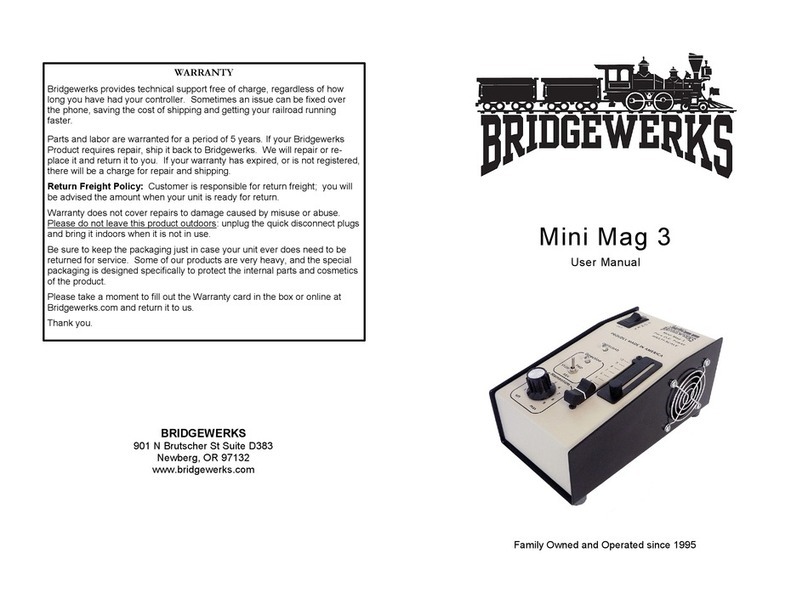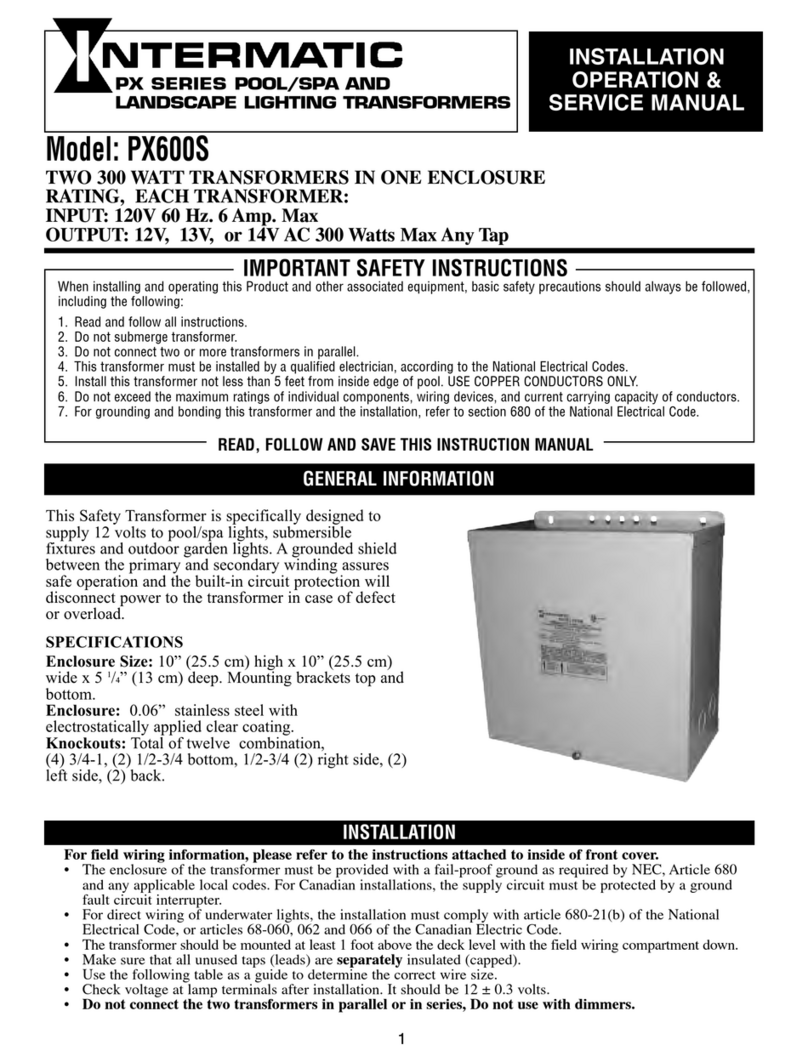
2/16
Contents
Instructions for Safe Use.....................................................................................................................................1
1.Introduction to Slam® Trans.........................................................................................................................3
1.1 Technical data...........................................................................................................................................3
1.1.1 2P+E system (PELV)).............................................................................................................................4
1.1.2 2P system (SELV) ..................................................................................................................................4
1.1.3 3P system (SELV) ..................................................................................................................................4
1.2 Certification of equipment ..........................................................................................................................4
1.3 Standard unit construction .........................................................................................................................6
1.4 Quality Guaranteed ...................................................................................................................................7
1.4.1 General...............................................................................................................................................7
1.4.2 Individual testing reports .....................................................................................................................7
Prior to use.........................................................................................................................................................8
2.1 Selection of right equipment ......................................................................................................................8
2.1.1 Intended purpose of equipment...........................................................................................................8
2.1.2 Application of use (Zone XX) in accordance with equipment category..................................................8
2.1.3 Gas explosion group (IIA, IIB or IIC) in accordance with Equipment group (IIA, IIB or IIC)....................9
2.1.4 Temperature class of the equipment....................................................................................................9
2.1.5 Environmental criteria........................................................................................................................10
Operating instructions.......................................................................................................................................10
3.1 Personnel................................................................................................................................................10
3.1 Visual inspection of Slam® Trans ............................................................................................................10
3.2 Special attention on 2-pole use (24 V or 42 V) .........................................................................................10
3.3 Special attention on 3-pole use (24 V or 42 V) .........................................................................................11
3.4 Connection to the supply .........................................................................................................................11
3.4.1 Requirements for supply (electricity)..................................................................................................11
3.4.2 Connecting relating equipment to the Slam® Trans ...........................................................................11
2.Inspection & Maintenance..........................................................................................................................12
4.1 After Use.................................................................................................................................................12
4.2 Maintenance............................................................................................................................................12
4.3 Testing....................................................................................................................................................13
4.4 Repair report ...........................................................................................................................................13
Helpdesk.......................................................................................................................................................16
